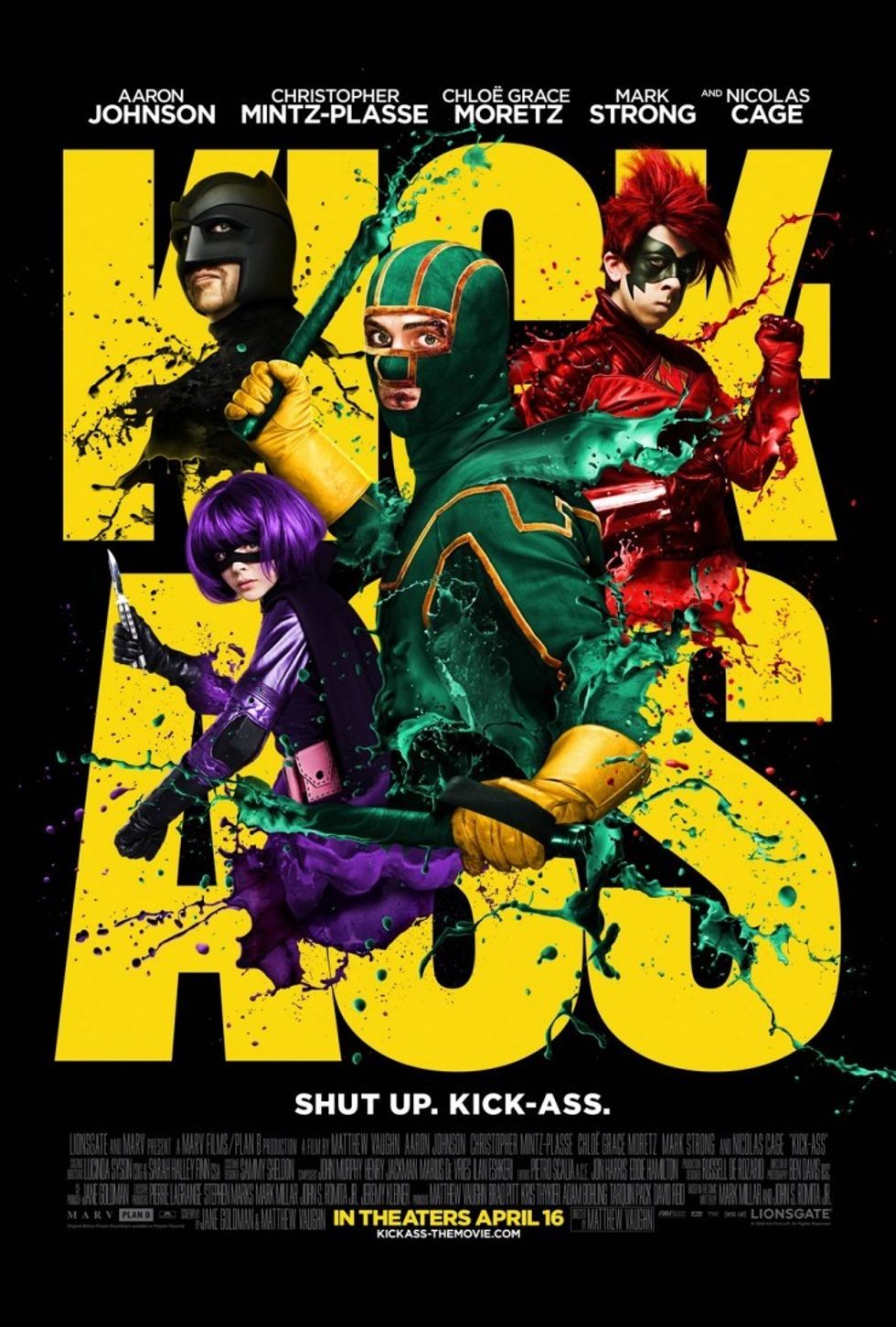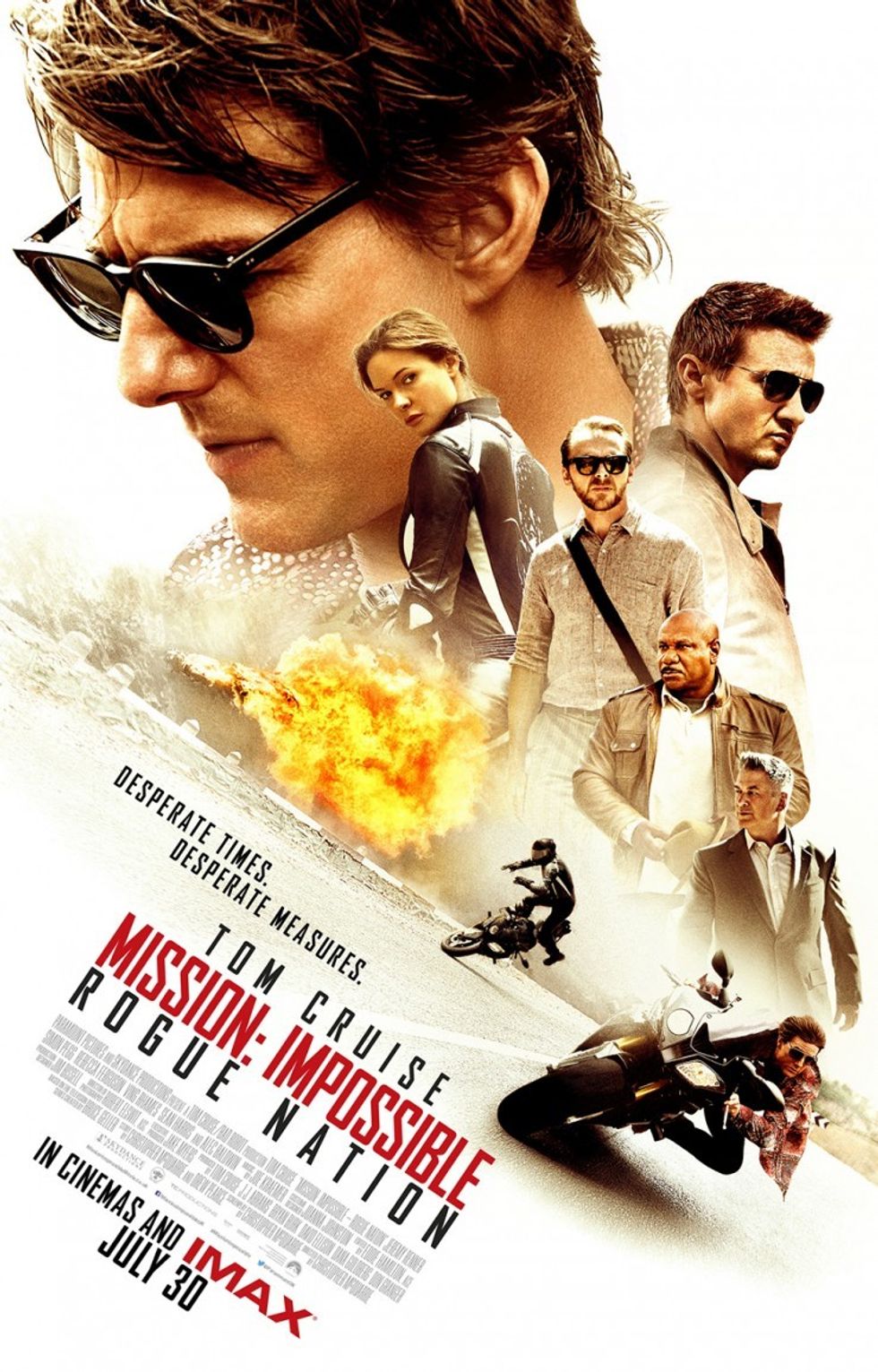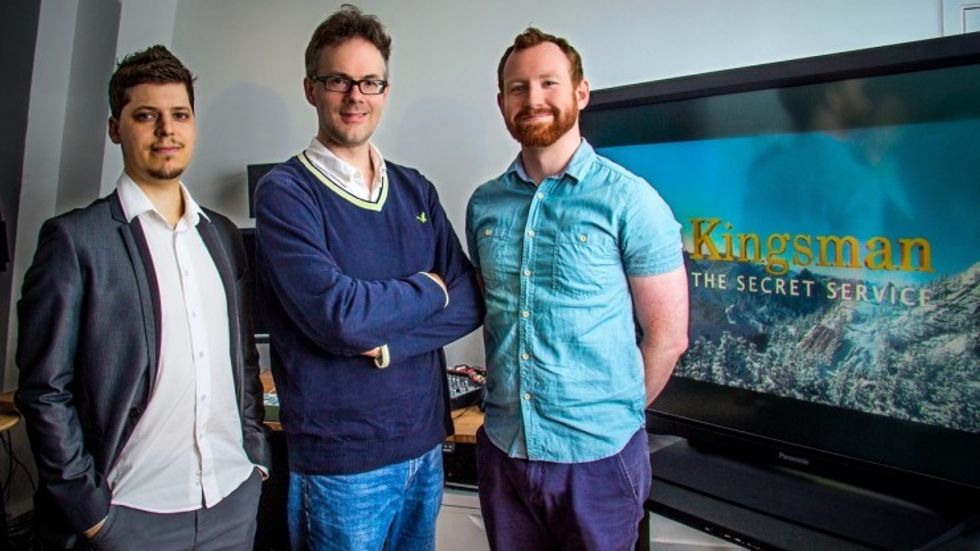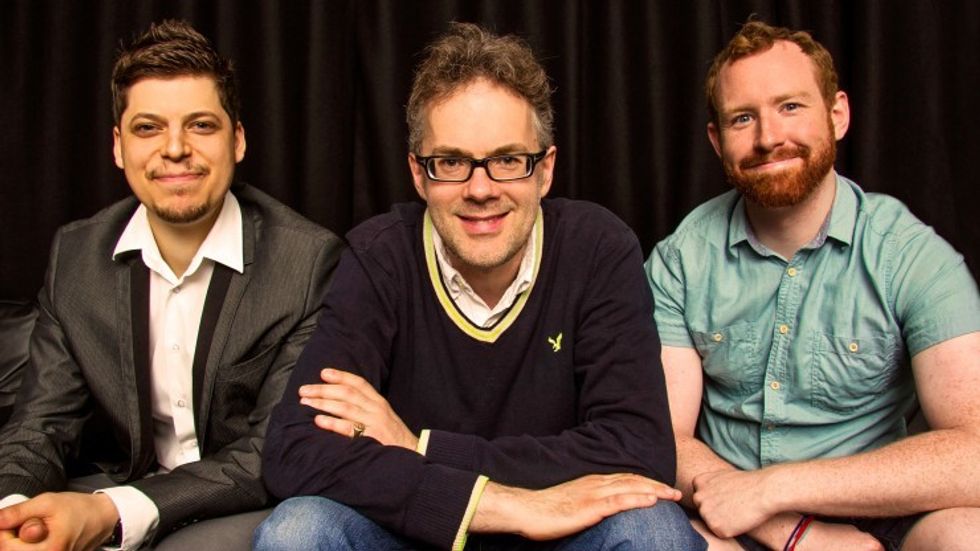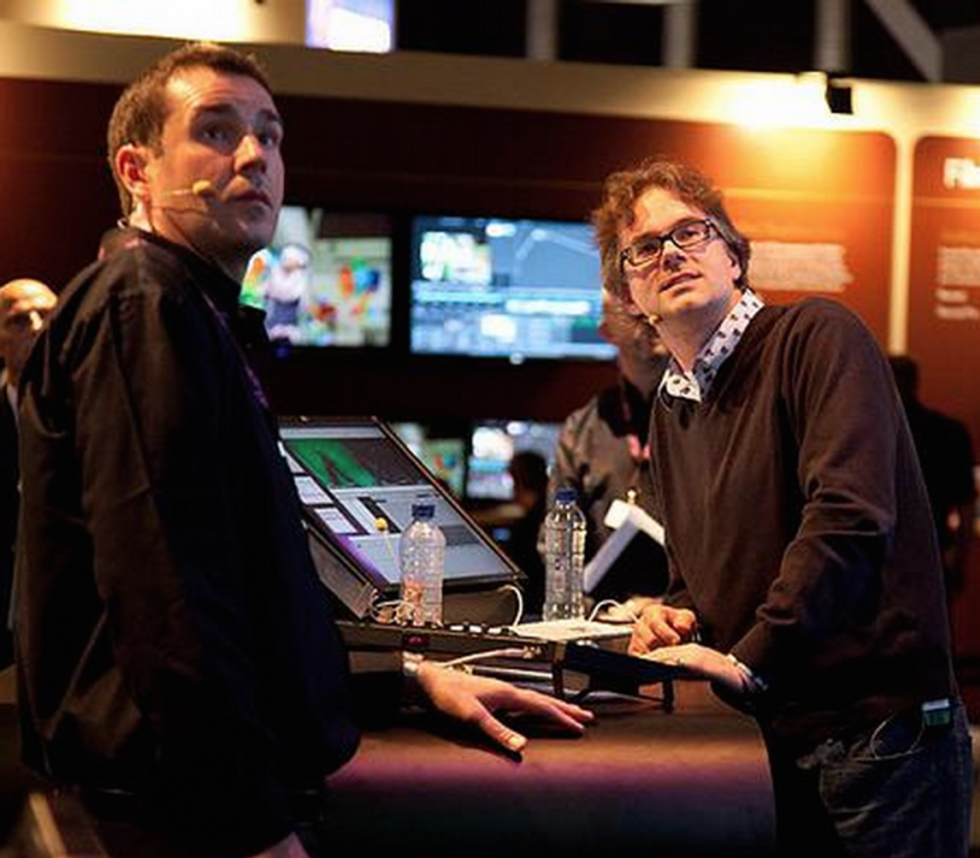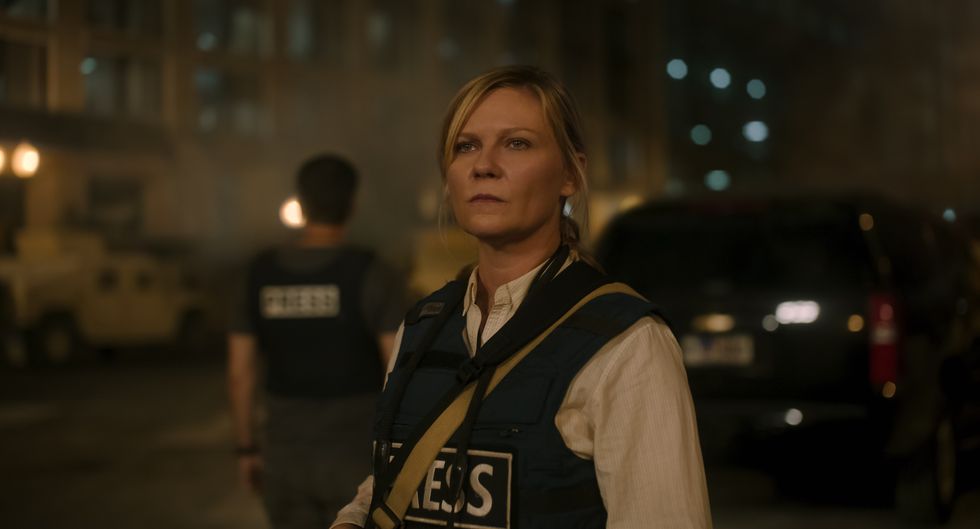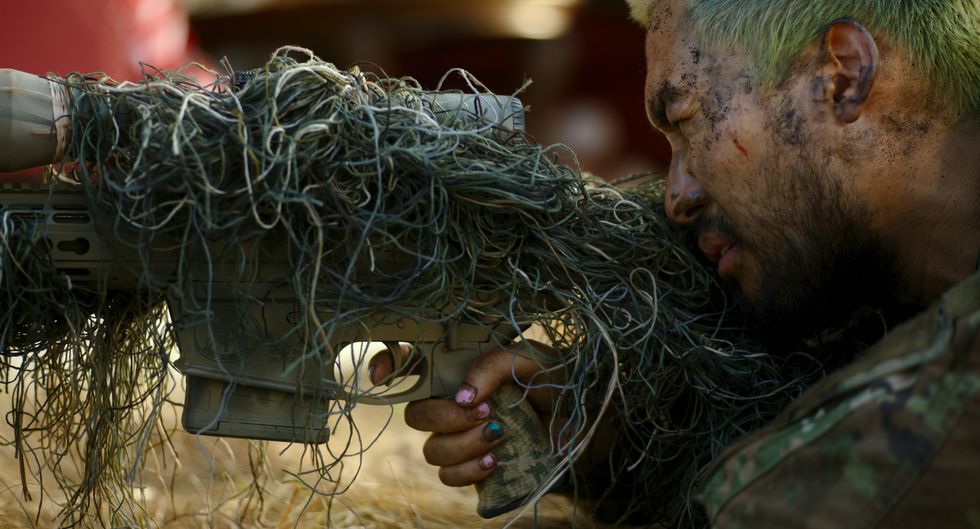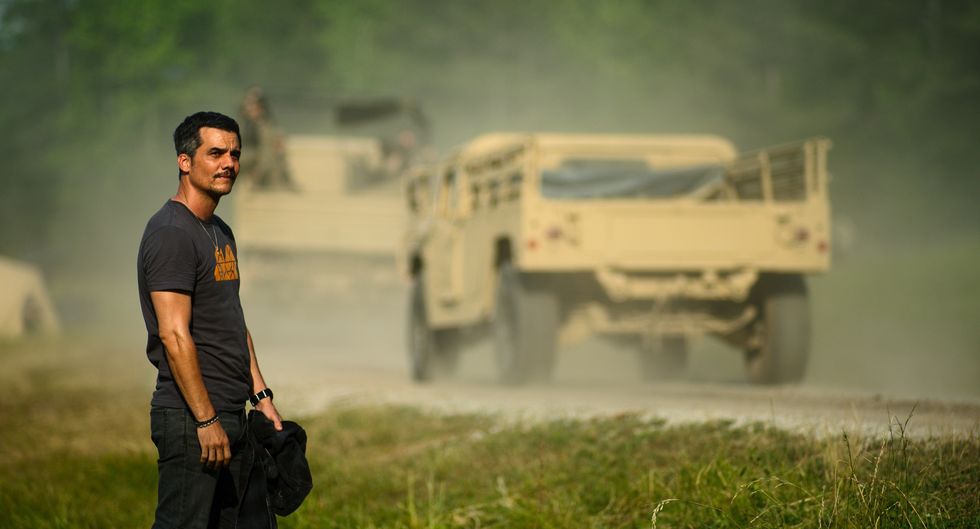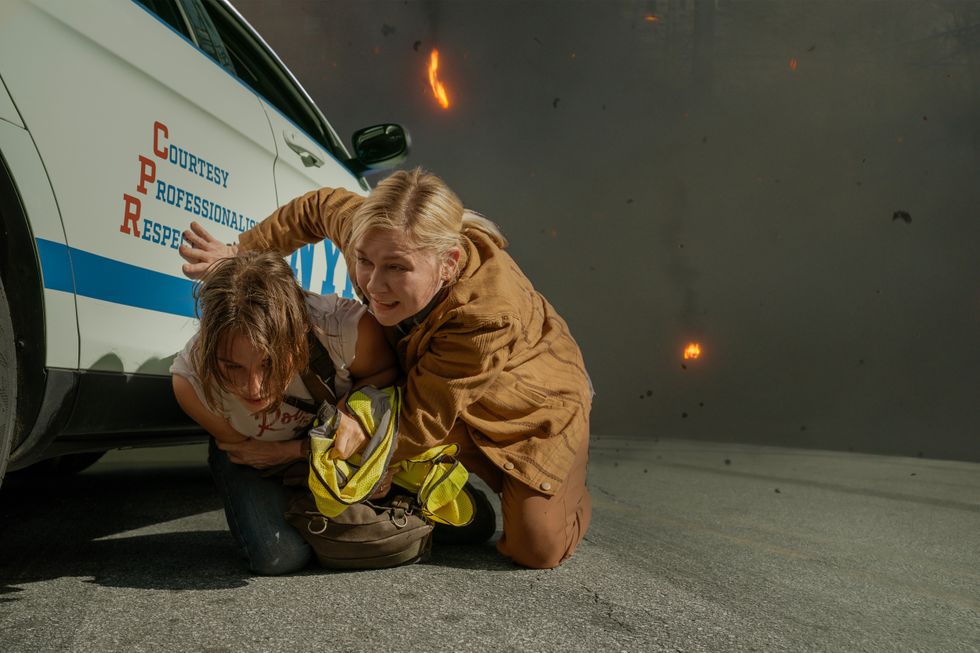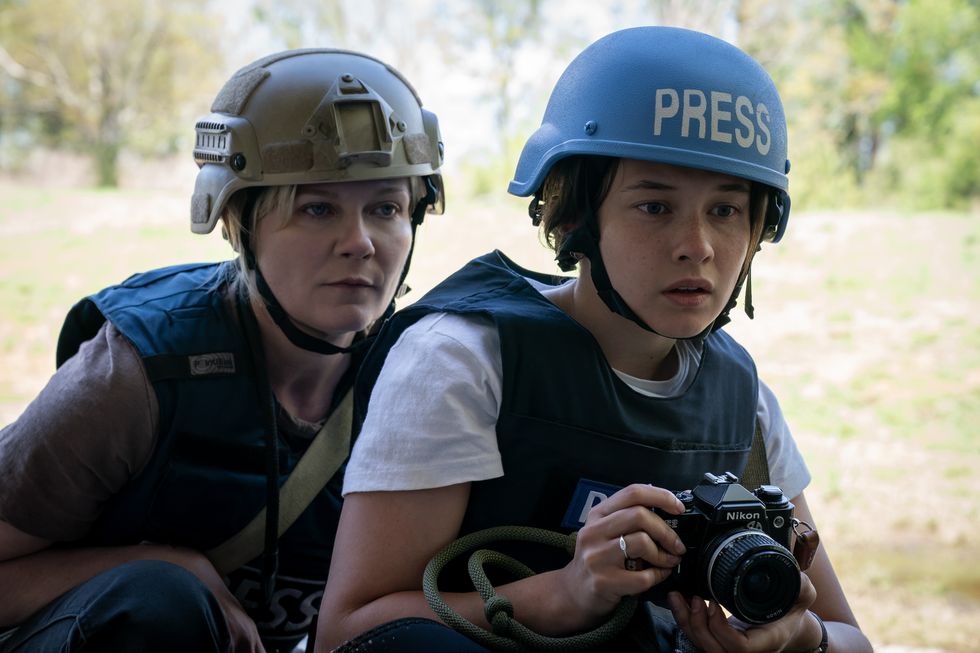How 'Mission Impossible' Editor Eddie Hamilton Cuts Mountains of Footage into Finely-Tuned Action Features
Part Two

This is the second half of an interview with Mission Impossible: Rogue Nation editor Eddie Hamilton, conducted by our good friend Paddy Bird, founder of Inside the Edit. In case you missed the first segment, the pair of prolific editors chatted about how Eddie broke into the film industry and worked his way up the ladder, even despite being rejected from film school. Eddie also had plenty of advice for how aspiring editors can achieve industry success today.
The second part of the interview focuses on Eddie's process for cutting action films. He talks about how he approaches the daunting task of cutting tens or even hundreds of hours of footage into a finely-tuned flick, the biggest challenges he faces in the edit bay, and how he collaborates with a director. With that out of the way, here's part two of Paddy Bird's interview with Eddie Hamilton. Hope you guys enjoy it.
PB: You’ve worked on some of the biggest action flicks in the past 5 or 10 years, and you do a lot of action. What do you think are the main skills that you need in crafting that action, and how do you learn them?
EH: Really, it comes down to making the audience understand the story at any point. A good action sequence only works if you understand the stakes of what is involved and if you understand what the characters need out of the sequence in order to succeed or fail. So you need to know who the hero is, who the villain is, and for example one of them is going to die, so there are real stakes.
But within that you need to know exactly what is going on in all the beats of the action. At no point can the audience be left in the dark or confused about the action. So if you cut fast it’s really important that you are making sure that the eye is being guided around the frame so they will understand the incredibly quick story you are telling in terms of who is on top, who is holding the knife or who is holding the gun, or who has just been hit, or who is doing what.
A good action sequence only works if you understand the stakes of what is involved and if you understand what the characters need out of the sequence in order to succeed or fail.
Obviously The Bourne Ultimatum is probably the finest example of that. Chris Rouse deservedly won the Oscar. The speed with which he can communicate the story within the action with the use of very short cuts and sound effects is masterful. Obviously that’s the height of the art in terms of fast cutting.
Let's look at the church fight scene in Kingsman, Colin Firth in a big fight sequence which is done in one shot, effectively a 4 minute fight scene. You may not think that there is much editing in there but I was on set every day because we filmed it in chunks and had hidden wipes and whip pans and tiny little dissolves and ways to hide the edits. It was all about beautiful choreography, six months of planning before we went on the set to figure out how to shoot it, six months of training for Colin Firth and the stuntmen and eight days of filming. There’s a lot of editing in that.
If you look at Birdman, there were two editors on that film, and there are no edits, but obviously a lot of work has gone into making it beautifully invisible and it’s the same with that scene in Kingsman. I worked for a very, very long time on that. But action films are all about the story, and towards the end of Kingsman there are a lot of fight sequences that are incredibly fast cut, but you always understand where the hero is and what their objective is, and what the stakes are, and why they have to succeed or fail.
That’s the most important thing with an action sequence, as well as choosing how to use sound effects for certain bits of story, and how you use music so it has power. Matthew Vaughn works for months on the music, down to each individual note on the score with the composer, and what you hear is exactly what he wanted, and that’s why the scores of his films are always excellent.
Matthew gave me about three or four notes only on that whole sequence which was very rewarding, mainly because it was carefully planned and prepped to a certain extent. But again the reason that sequence is exciting is because you’re constantly aware of what’s happening, where everybody is and how close Eggsy and Roxy are to the ground and who’s pulled their chute and how many people are left in the circle, counting down from six at the start. So that’s what makes great action — understanding the stakes, not being confused. That’s so important.
PB: The question that jumps out to me is, considering the amount of footage and the amount of cuts and the speed at which a lot of your action sequences go, where do you start?
EH: It depends. If the sequence has been pre-vized then quite a lot of the preparation in terms of thinking about the sequence is done in advance. But if it hasn’t been, then you just think about the story and what you want to see. I will just skim through the footage very quickly and I will start cutting the scene. I will throw it together without worrying too much if it’s any good or not. I’ll just put it down. And then I watch all the footage. Because if you’ve got a framework to start with, however bad it is, you then start to feel what you might need: a little moment that you need to tell this little 10 seconds of story or 15 seconds of story if it’s action. Then you watch your footage from all the camera angles and you think: actually that is really cool for this little section of the story.
If you’ve got a framework to start with, however bad it is, you then start to feel what you might need: a little moment that you need to tell this little 10 seconds of story or 15 seconds of story.
I build up a massive selects roll, you have all the greatest hits of everything. Then you slowly, slowly work it down, and refine it and then I do sound, then I do music, then I refine it again, then show it to the director and work on it with them. It’s like any creative process. You start and just whittle away and you are left with the best stuff to tell the story. You’ve got to watch all the footage and comb through it. And later on sometimes I’ll just watch it all again because you’ve got a much better knowledge of the sequence and then you have a much better idea of the kinds of things you are looking for. And you go, "ooh, look, wait, that tiny little moment there, that’s really useful." There are no shortcuts. You’ve got to be thorough to make it good.
EH: Sort of. You start off with a very bad assembly of it and you build up a master selects roll of all the best bits from any camera angle. Then you go through and slowly figure out which angles cut best with which other angles. You are constantly keeping an eye on the story, and the rhythms and the emotions in the scene, figuring out which characters you are following and which point of view you are with. That’s also incredibly important for certain sequences. You have to understand which character you are rooting for. This is very important.
PB: You just mentioned rhythm. Is that a separate thing from pace and timing across an individual scene and across the whole velocity of the film?
EH: It’s refined endlessly because you start off with something that’s way too long and you trim it and trim it and trim it, and very often you over-trim it. You need to put more air back in. You need to add dramatic weight. You need to make sure certain things in the story land for the audience. You let those bits of the film breathe a little more but in terms of action scenes.
It’s like any creative process. You start and just whittle away and you are left with the best stuff to tell the story.
I often find that when you’re working on the sound effects of a scene, the sound does quite a bit of the storytelling, so you can tighten the visuals up. When I’m cutting, I normally work without any sound, and I just imagine the sound effects and the music, and when I actually put the sound effects on it allows me to tighten up the images. Then you put music on and then you refine it like that, endlessly, over months and months and months. Then you get a film that’s 2 hours 20 minutes and you’ve got to try and get it down. It never ceases to amaze me if you really apply yourself, how you can fairly easily remove 10 minutes from a movie without any difficulty if you’re very disciplined about what really needs to be there for the story, and what doesn’t.
PB: What are some of the everyday problems that you encounter when you’re cutting scenes?
EH: The biggest problem is usually that you don’t always have all the shots you need to tell a particular story, so you have to end up being creative. So quite often you think, well I could really do with this shot now, but it hasn’t been filmed for one reason or another. Then you end up being really creative about how you construct the scene, or you intercut that scene with another scene.
Other big problems — I would just say it depends how experienced your director is because the less experienced your director, the more challenges you face in editing, because they’ve usually given themselves less choices. Really experienced directors understand that they need to give themselves as many options as possible for the edit because you can’t possibly predict what the film needs. When you’re on set you need to give yourself a lot of options and always count to five before you say ‘cut’, because you might need that little extra bit of time at the end of a take with an actor.
You don’t always have all the shots you need to tell a particular story, so you have to be creative.
Things like that, little lessons that directors pick up over the years. When you work with a really experienced director, it’s tremendously freeing because they always shoot lots of extra material and you don’t find yourself up against inexperience. Some directors have such a fixed idea of the film in their heads, they are not willing to listen to the audience in a test screening. The audience can be screaming that the film is confusing, or slow, but the director is so fixated on what they want that they just ignore it and the film sometimes suffers as a result. Certainly when I was starting out that was quite a challenge.
PB: That’s an interesting segue into your theories on the editor’s relationship to the director.
EH: You need to be able to work in total creative freedom to try stuff out that may be terrible without fear of retribution. There might be a gem of an idea in there. That’s very, very important. You have to be able to have fun and work intensely together and both have a similar opinion about the kind of film you’re trying to make. It’s actually more important that the producers and the director have a similar opinion on the kind of film they are trying to make because quite often, it may come to pass that in the process of editing, the producers are trying to push the film this way, and the director wants the film to go that way, and then it becomes very difficult. My job is to help the director make the film they want to make. I can have a healthy disagreement with the director and I can articulate why I disagree with them, but ultimately they are the director and I am there to help them make the film they want to make, so they can choose what they want to do.
There is a point, I believe, in commercial filmmaking, where it is down to the audience to be right or not. The director should listen to the audience about what is working and what is not working with the film. At that point we filter accordingly, based on what we can do or we can’t do with the footage we have.
My job is to help the director make the film they want to make. I can have a healthy disagreement with the director and I can articulate why I disagree with them, but ultimately they are the director and I am there to help them make the film they want to make.
But I always like to do the first assembly on my own so I can present the director with a cut of something that they can either like or dislike, or give me notes on. It starts the process of discussion. It’s impossible to discuss something that doesn’t exist, so you have to have a sequence on the timeline to run for them so we can choose to go left or right from there. So that’s what I like to do. And I’m super thorough, so I do go through every frame of footage and I prepare meticulously. I make timelines with every single line reading that each actor does from every angle so it’s very easy to listen to the different takes.
PB: When you get to cut the size of films that you do, what’s the kind of team that you have?
EH: The team that I have on Mission Impossible 5 is two first assistant editors, Tom Harrison-Read and Martin Corbett. Look at their credits — they’re massively experienced. They were actually on board before I was hired. There's also a second assistant editor called Robert Sealey, a trainee called Christopher Frith. That’s the core editing team. There is a visual effects editor Matt Glen and a visual effects assistant Wayne Smith, then there’s a team of visual effects production personnel.
There’s a sound design team. There’s music editor, Mike Higham. I do quite a bit of the specific sound effects myself, but when there’s a big chunk of something to do where I need to really polish it up, I’ll ask the sound guys. The moment I’ve cut a sequence, I send it to them to start work on so they can start building their library and working out what they going to do. When the scene is refined, I send it to them straight away and they re-cut their sounds to fit in with it. Very important. So, quite a large team. Myself, two firsts, a second, a trainee, visual effects editor, visual effects assistant, music editor, and then sound designer. That’s who is on this film.
PB: You’ve worked in documentaries as well. What do you think are the major differences between cutting documentaries and cutting dramatic feature films?
EH: The luxury of a drama piece is the fact that there is a script. You do have some kind of framework. With a documentary there is very rarely a script, and in fact the director very rarely knows what story they are telling. They are quite often filming a load of stuff and then they are going to figure out the themes they want to tell based on the strengths and weaknesses of that material. And at the time they don’t know what it’s going to be. So with a documentary you are often wading through hundreds of hours of footage and then entering a discussion with the director, or with yourself, about the story that actually exists within it, and the way you want to tell that story.
Some films I’ve worked on have been radically restructured in the edit, and anyone who has spent time in the cutting room would understand that. Just over there behind me I have two white magnetic boards with scene cards and little bits of magnetic tape. I have each reel of the film as little cards and I can see all the scenes. And if I want to think about how to change the film, I can take those cards and manipulate them on the white board quickly and easily, and experiment with things in my mind without necessarily trying them out on the timeline, but with a documentary it’s incredibly hard work.
---
Thanks again to both Paddy at Inside the Edit and Eddie for taking the time to put this interview together and share this knowledge with the No Film School audience. If you enjoyed this piece, but haven't read the first installment yet, it's full of Eddie's excellent advice for aspiring industry professionals.
